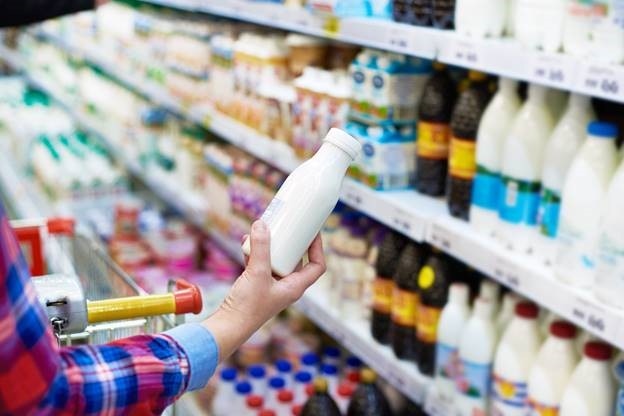Understanding consumer perceptions of dairy industry sustainability
Consumer definitions of sustainability are often different than industry definitions.
October 25, 2021

Consumer definitions of sustainability are often different than industry definitions. Understanding consumer preferences and opinions of sustainability within the dairy industry can help dairy product developers successfully market their products. In an article appearing in the Journal of Dairy Science, researchers from North Carolina State University reviewed factors that influence consumer sustainability perceptions, trends and desires for sustainability, and how sustainability perceptions compare to popular plant-based alternatives.
Different factors affect consumer perception of sustainability, including packaging, labeling, animal welfare, organic status, grass-fed or pasture-raised feeding systems, and local and clean label perceptions. A disconnect between consumer and industry definition of sustainability can lead to misconception and frustration. In addition to demographics and psychographics affecting importance and perception of sustainability, perceptions often vary among products within a single category. The authors of this study focused on reviewing where the differences arise between current working definitions of sustainability and consumer perception, and how to use strategic marketing to educate consumers.
“Consumers themselves have varied perceptions, definitions, and options of sustainability that vary between categories and products within the dairy industry,” said first author Angelina Schiano, PhD, department of food, bioprocessing and nutrition sciences, Southeast Dairy Foods Research Center, North Carolina University. “Understanding where sustainability definitions overlap and diverge is more than a pedantic exercise; these definitions shape public opinion and policy and failing to consider the full ramifications of a chosen definition can have widespread consequences on the industry, the environment, and human quality of life.”
The three pillars of sustainability—environmental, economic, and social—are a common framework used when considering sustainability. Environmental factors include water and land usage, greenhouse gas emissions, and reliance on nonrenewable energy sources; economic factors include price of products and the ability of producers to remain profitable; and social factors include the proportion of jobs held by undocumented workers and animal welfare. The authors found that consumer definitions include all three aspects of sustainability, often in overlapping ways.
“Cognitive overlap can result in halo effects that profoundly affect perception and purchase intent. For example, a product marketed as sustainable may be seen by consumers as more healthy, or a product marketed as natural may be seen as more sustainable,” Schiano added. Consumers were more likely to associate the term “organic” with healthier and more sustainable practices. “This suggests that the most effective label claims to increase sustainability perception of organic milk are those that incorporate other aspects of sustainability along with organic status.”
However, the study suggests that promotion of nonconventional dairy as a sustainable alternative may ultimately harm the dairy industry by reducing consumer opinion and willingness to pay for conventional dairy. Alternatively, the authors propose using strategic marketing and a consumer-centric approach to educate consumers about the dairy industry in ways that positively affect consumer perception of dairy and dairy products in general, especially when compared to marketing of plant-based alternatives.
You May Also Like



